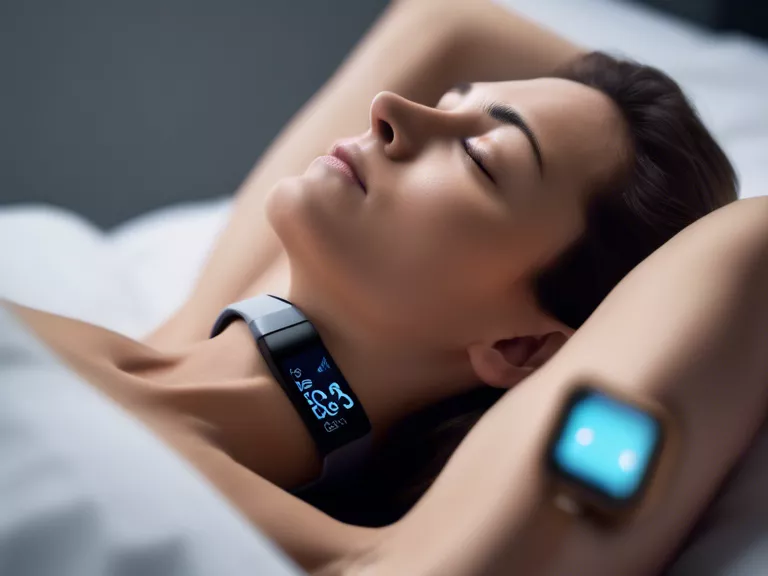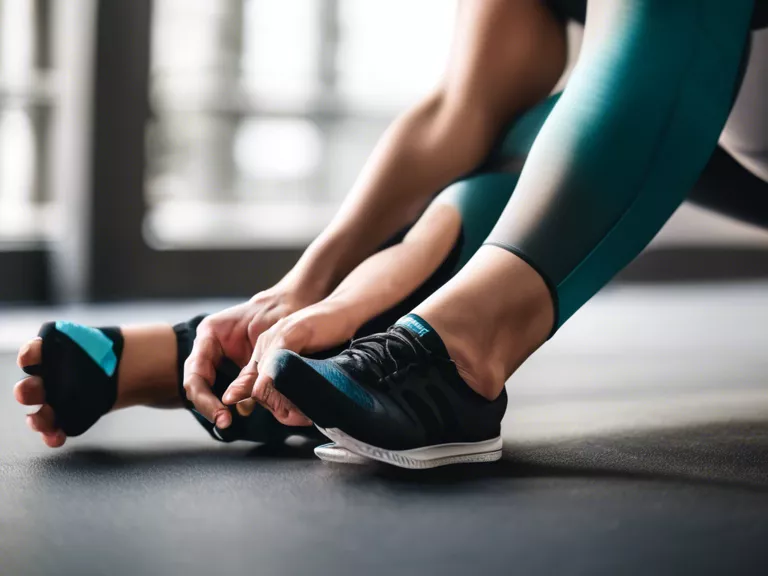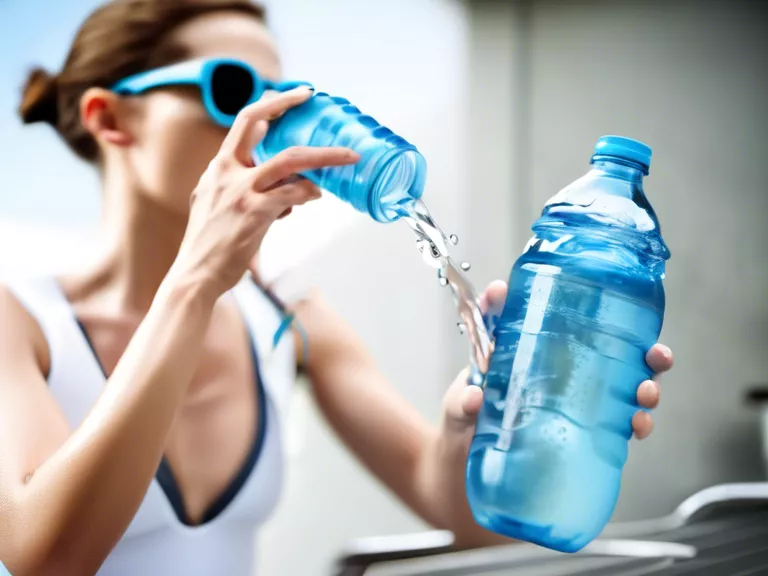
Wearable fitness devices have become increasingly popular in helping individuals track their physical activity levels, but did you know they can also be used to monitor your sleep quality and aid in recovery? In this article, we will explore how wearable fitness devices can be utilized to track sleep patterns and improve post-workout recovery.
Many wearable fitness devices, such as fitness trackers and smartwatches, come equipped with sleep tracking capabilities. By wearing these devices while you sleep, they can monitor various metrics such as your sleep duration, sleep stages, and resting heart rate. This data can provide valuable insights into the quality of your sleep, allowing you to identify patterns and make adjustments to improve your overall sleep hygiene.
Improving your sleep quality is essential for optimal recovery after workouts. During sleep, your body undergoes crucial repair and regeneration processes, making it vital for muscle recovery and overall well-being. By using a wearable fitness device to track your sleep, you can ensure that you are getting enough restful sleep to support your fitness goals.
In addition to tracking sleep, wearable fitness devices can also help monitor your activity levels during the day, providing valuable data on your overall energy expenditure. By combining information on your sleep quality and activity levels, you can make better-informed decisions on when to push yourself during workouts and when to prioritize rest and recovery.
To make the most of your wearable fitness device for tracking sleep and improving recovery, be sure to wear it consistently and sync the data to a corresponding app or platform for analysis. By reviewing your sleep patterns and activity levels regularly, you can identify areas for improvement and make necessary adjustments to optimize your recovery and performance.
In conclusion, wearable fitness devices can be powerful tools for tracking sleep and improving recovery. By utilizing these devices to monitor your sleep quality and activity levels, you can optimize your rest and recovery strategies, leading to better overall fitness outcomes.



